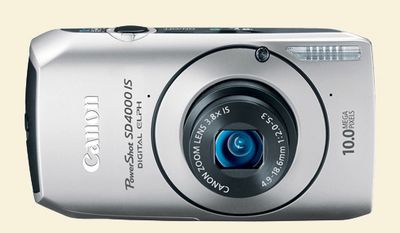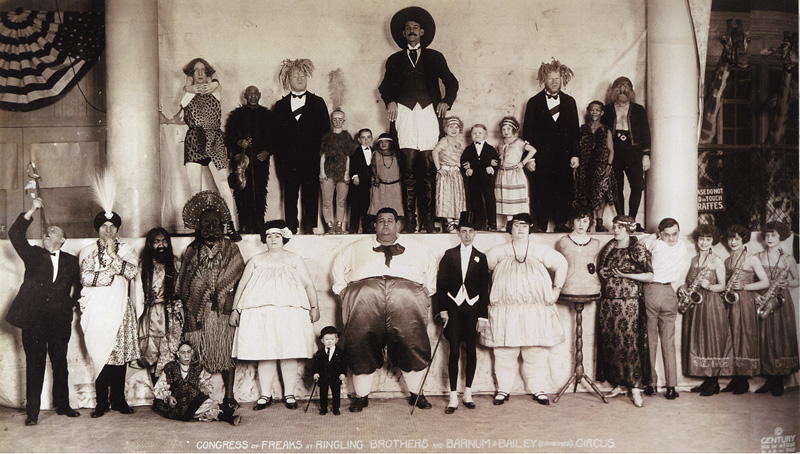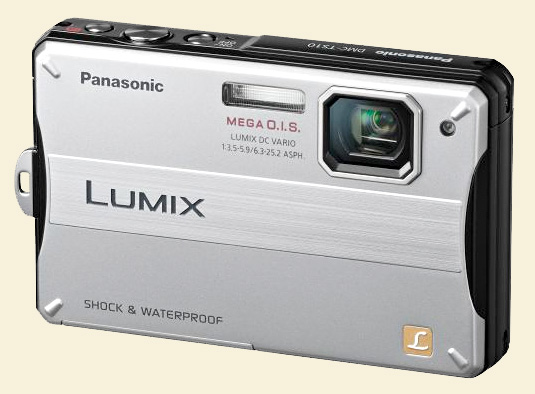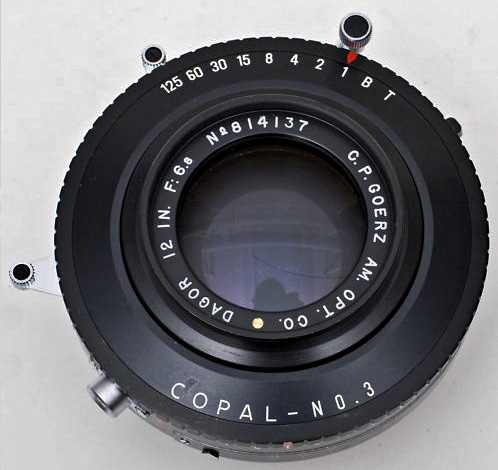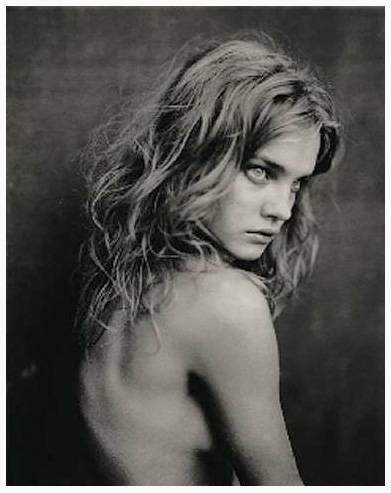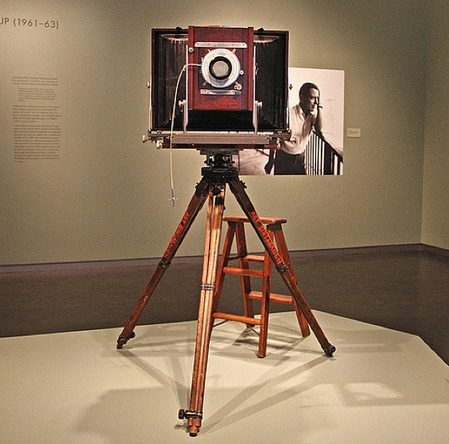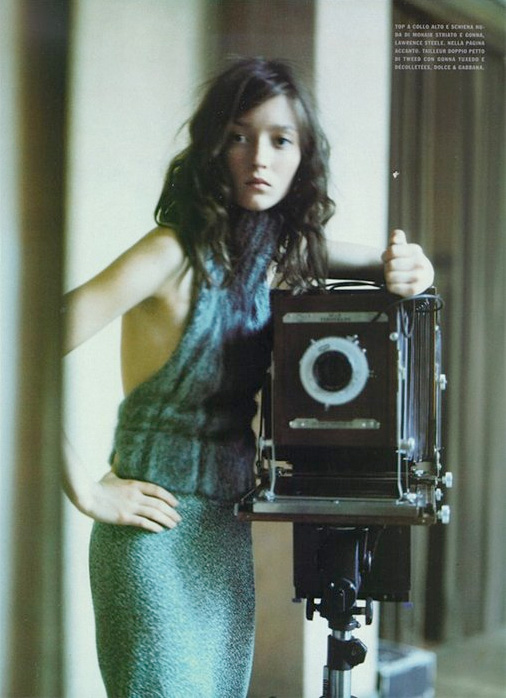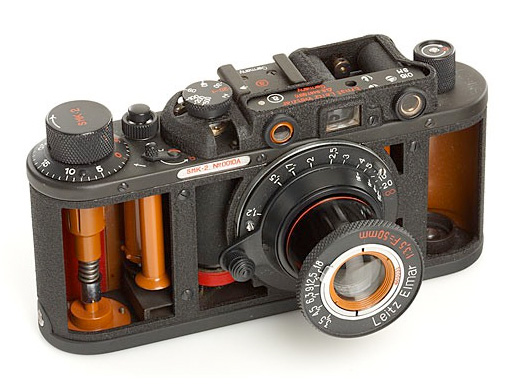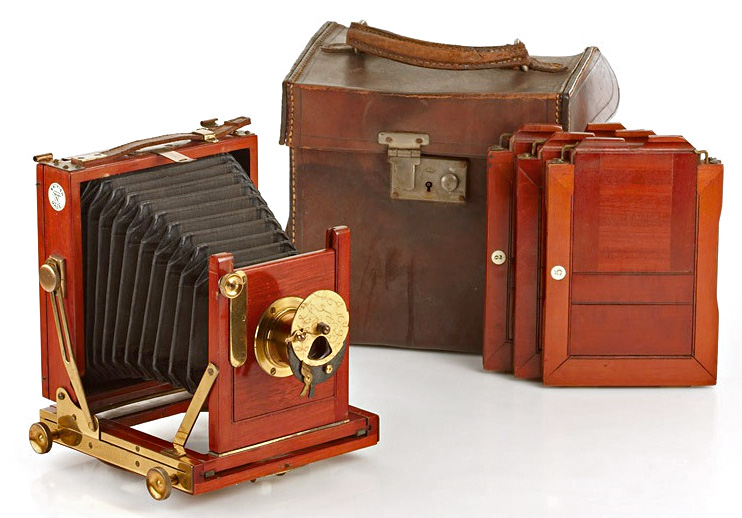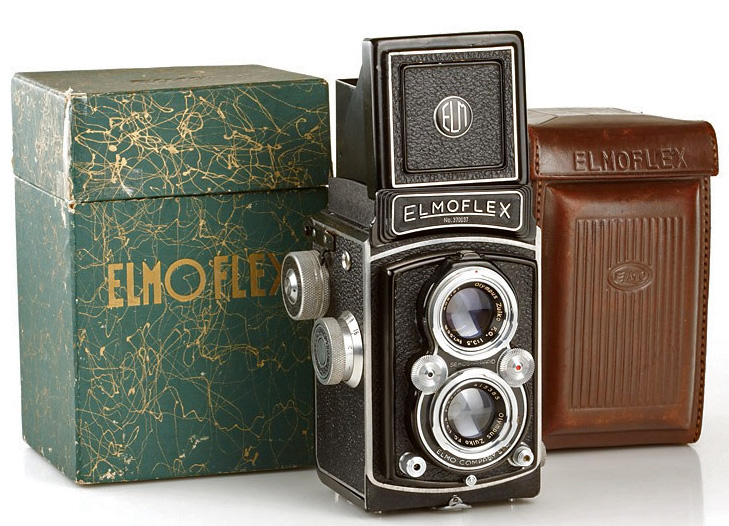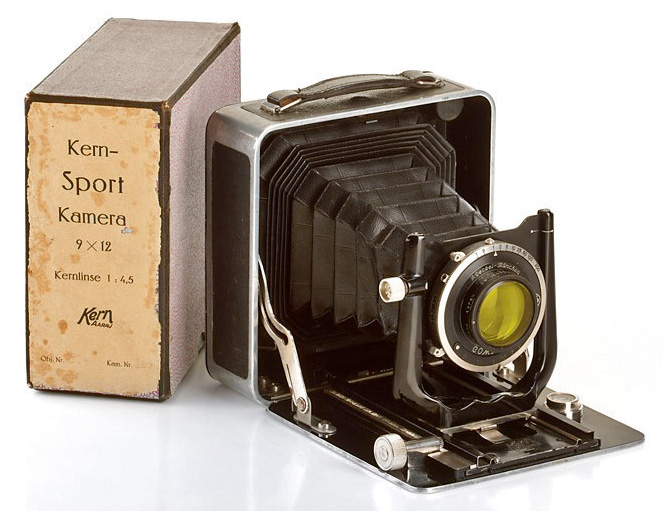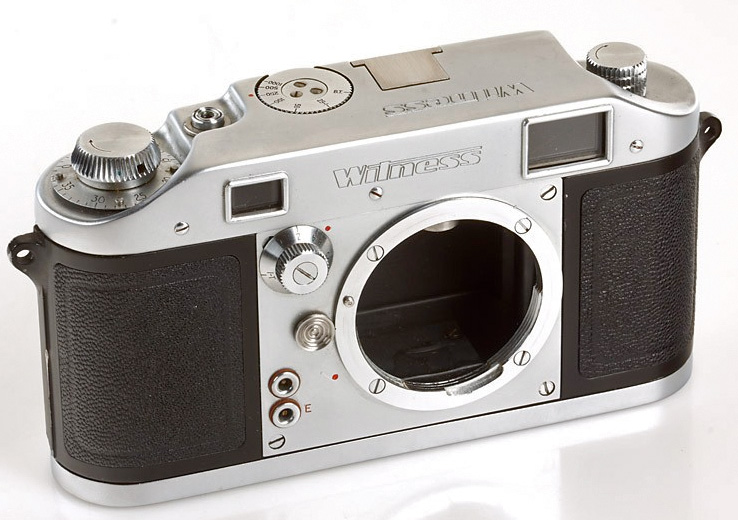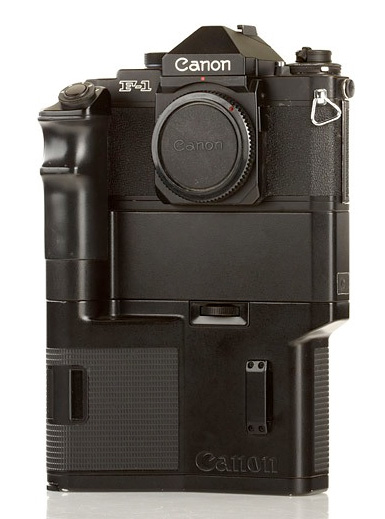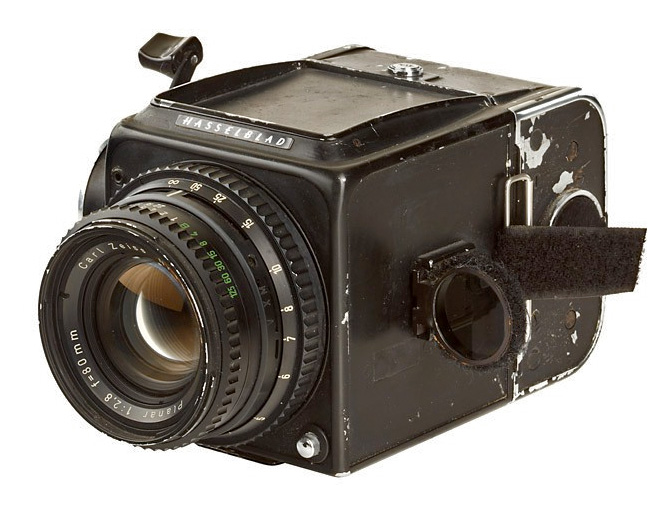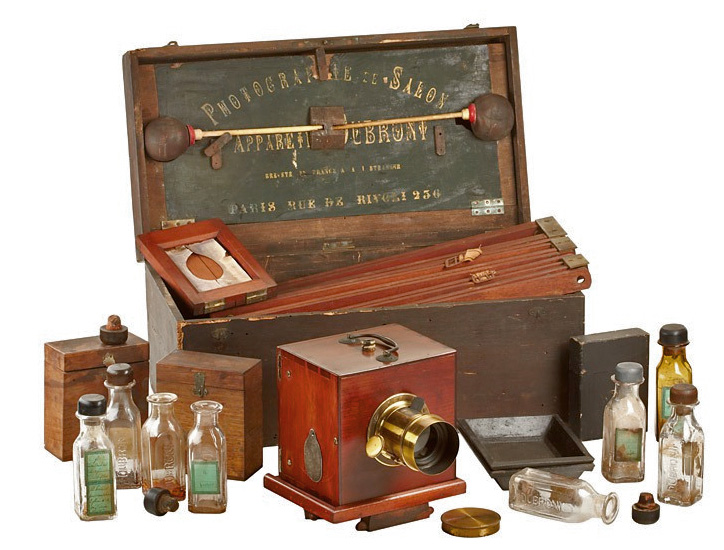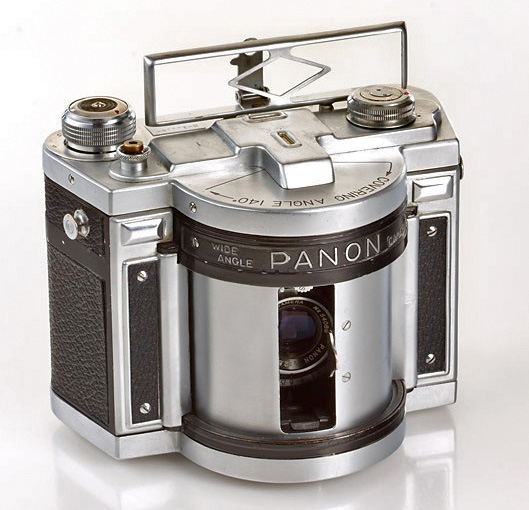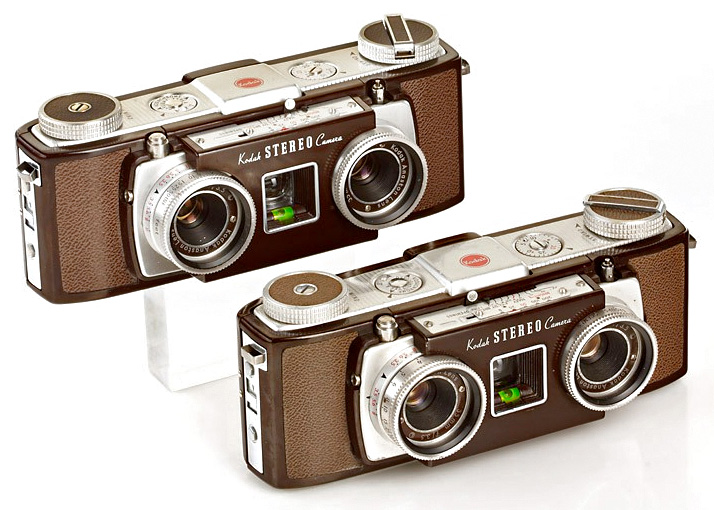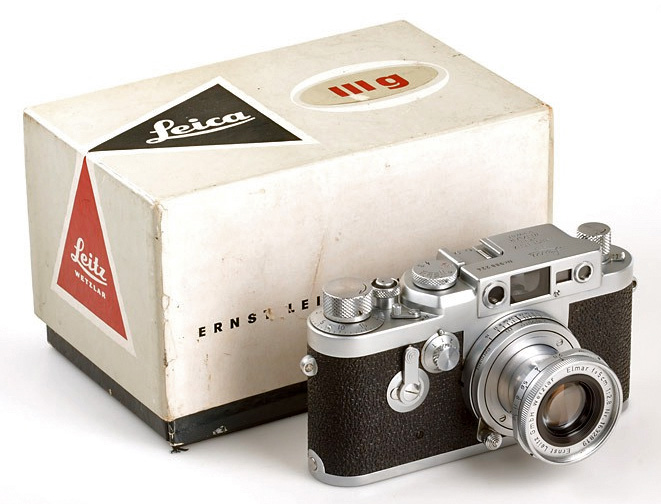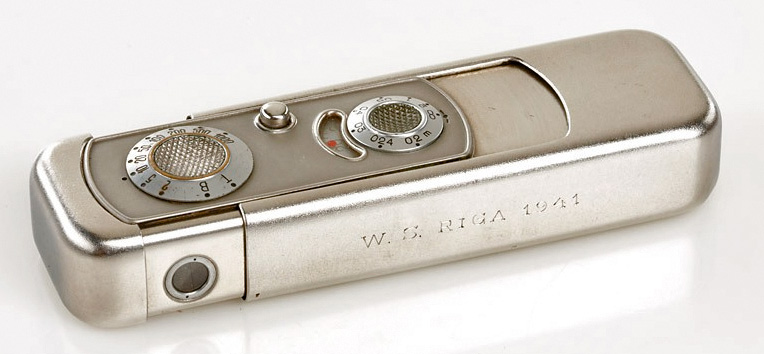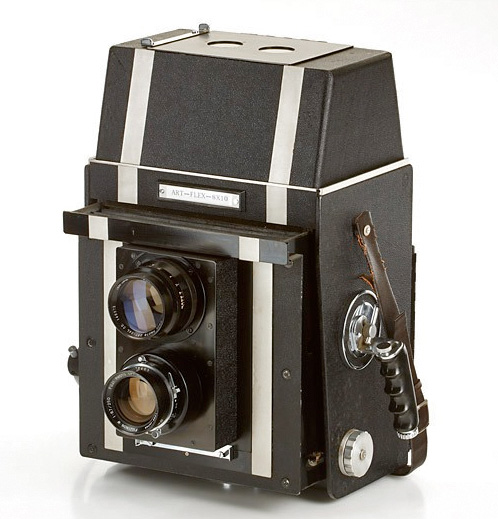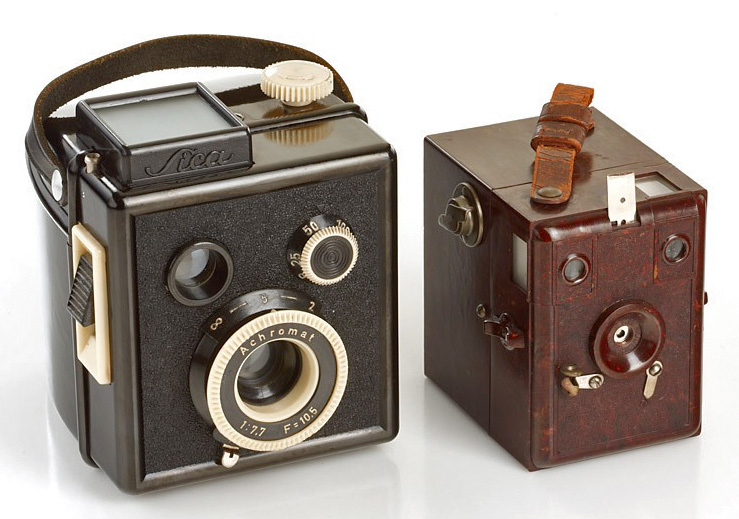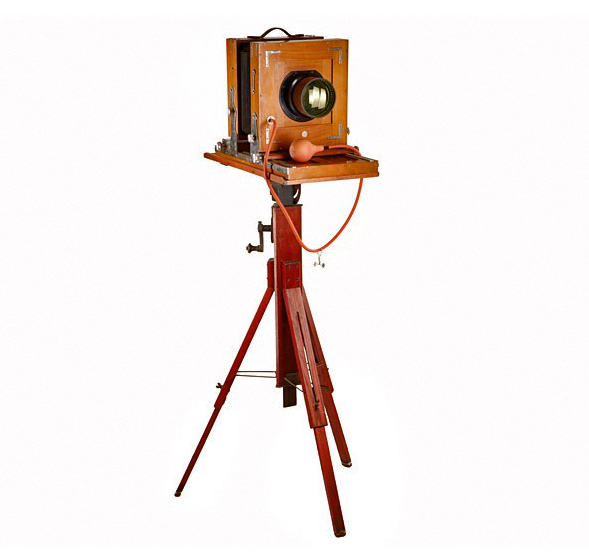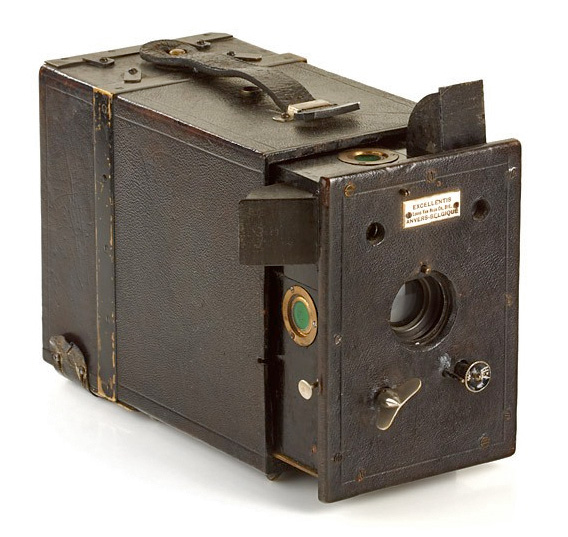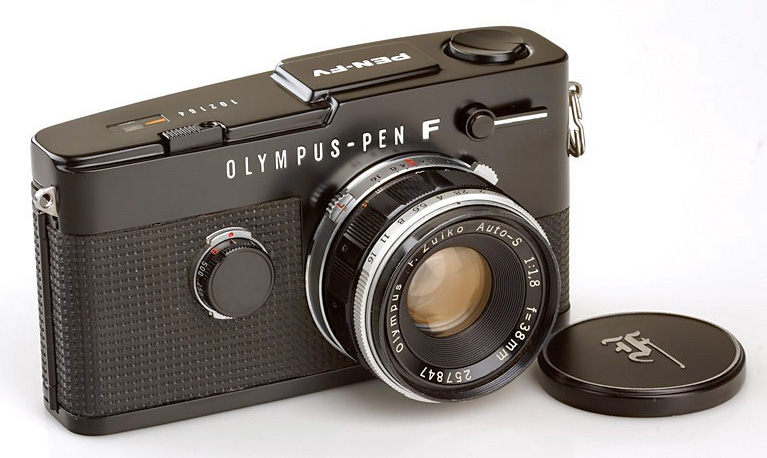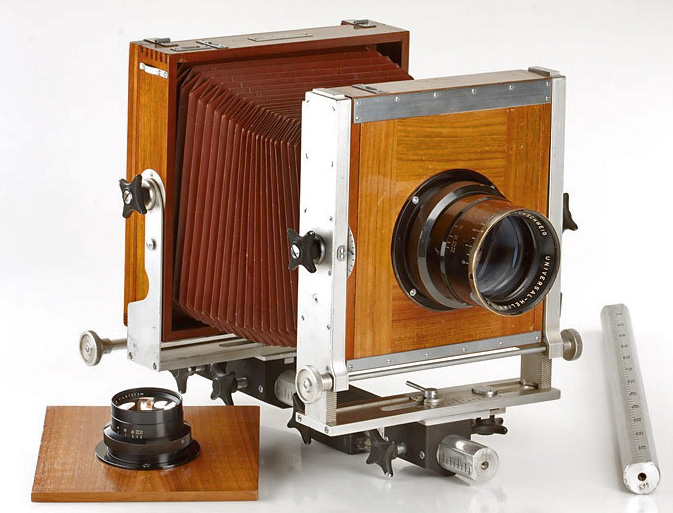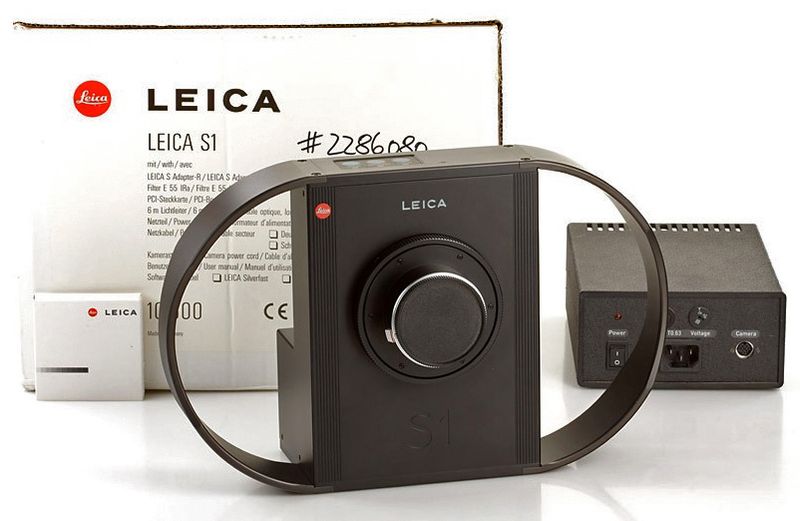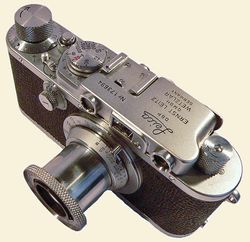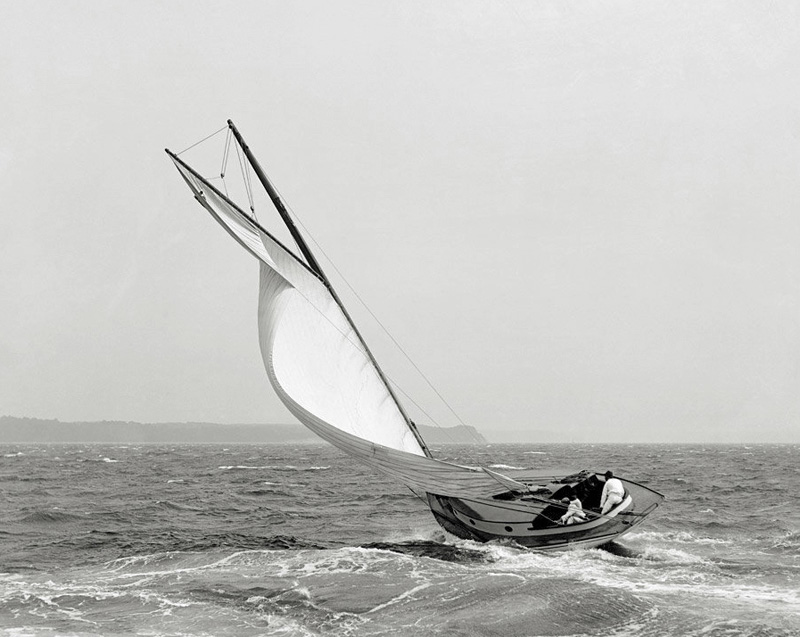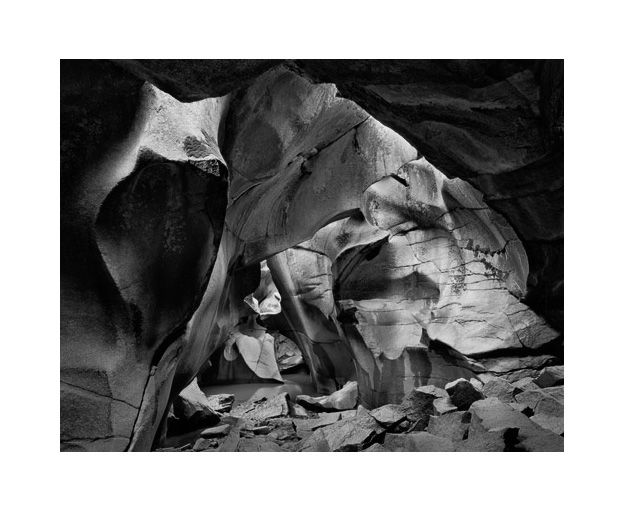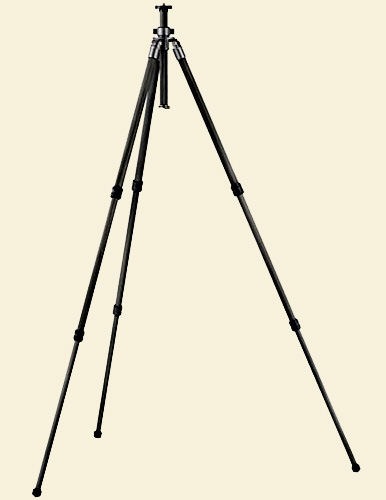
Carbon fiber Gitzo GT1531 Mountaineer
-
I've been doing some research on tripod heads recently, which caused me to remember that I never did finish up writing my tripod non-review. (As I explained in Part II, it's a trial, not a test.)
You'll recall that the first two parts of this article were sort of stumblebum. I committed several errors as I traipsed along. For one thing, in Part I I first said my Old Faithful Gitzo had steel legs—but Bryan Geyer, founder (but no longer owner) of the tripod specialists Really Right Stuff, informed me I was wrong about that. They're aluminum (translation into English: aluminium). Then I speculated that Gitzo carbon fiber tripods might be made in China. Wrong there too.
But those weren't even my biggest boo-boos. Because I jumped to the wrong conclusion in Part II, too.
You'll recall that when we last left our hapless hero, i.e. moi, in Part II, he was promising to compare the two carbon-fiber tripods on hand: the expensive, Italian-made (ahem) Gitzo 1531 ($600), and the sensible camera store brand, the no doubt Chinese-made(?) $240 ProMaster T325P . But he (oh, all right—I) jumped the gun and stated, "If it were my money, especially given my only occasional use of tripods, I'd have no trouble picking the ProMaster; it doesn't really have anything to apologize for...given its cost."
. But he (oh, all right—I) jumped the gun and stated, "If it were my money, especially given my only occasional use of tripods, I'd have no trouble picking the ProMaster; it doesn't really have anything to apologize for...given its cost."
Turns out, that was a statement of prejudice. Pre-existing bias. Given my parsimonious nature and immunity to tripod gear-lust, I went into the comparison expecting to be perfectly satisfied by the cheaper ProMaster. I expected I'd have no trouble resisting the blandishments of the fru-fru, fashionable, très cher Gitzo.
Wrong once again, carbon-fiber breath.
Test fail
I first tried to do a few tests for stability. Given that I don't have any heavy cameras or long lenses, these tests were something less than conclusive.
And here I must delve into a digression, which I hereby indent in order to enable you to skip over it with ease if you're so inclined:
Camera stability is a continuum. Robert Frank had a trick whereby he set the timer on his Leica and tossed the camera up in the air, such that it took a picture at the apex of the toss (Ralph Gibson says he witnessed this). That's one example of an unstable support. We've all taken pictures from unstable platforms like moving cars, or vibrating ones like airplanes. Good camera-holding technique results in a more stable platform than poor camera-holding technique. Excessive caffeine intake is a destabilizer if the camera support is you.
Personally, I've long been a low-light shooter, so I've made a sort of fetish over the years of finding camera supports adventitiously—"camera supports" I've used to good effect have included public trash receptacles, mantlepieces, and the rafters of an old barn. I know every trick in the book when it comes to finding camera support out in the wild. One good one is simply to press the camera up against something, anything—even something as simple as a wall. I've even used, as a "bipod," the back of a child with her arms braced on her knees (thanks Mari!). It worked.
Tripods offer a higher level of supportiveness and motionlessness, of course. But they're a continuum too, or a continuation of the continuum. A poor tripod is often enough—and a good one sometimes isn't. Surveyors, I'm told, use devices that measure ground vibration. Ever set up a tripod on a heavily traveled bridge? The bridge moves, doesn't it? The best tripod won't help if whatever it's sitting on is moving. Well, it might help, but it won't entirely eliminate all camera motion.
The upshot is, where camera support is concerned, there's no such thing as perfect. There's bad, better, and good enough. Often, any tripod is good enough, and just as often the best tripod isn't perfect. "Tripods is not a game of perfect," to steal the great title of a golf book .
.
Digression over.
Anyway, suffice to say I couldn't gather any meaningful data on which of the four tripods (the two carbon fiber ones, plus my Gitzo Studex, plus my aluminum Bogen/Manfrotto) worked best to steady a camera. Even with my biggest camera (which is not big) and my longest lens (which is not long) they all worked fine.
Just setting them all up and shaking and twisting them by hand, it was clear that the two (bigger, heavier) aluminum tripods were stiffer and sturdier than the two (smaller, lighter) carbon fiber tripods, but not by all that much, and besides, the comparison wasn't fair—Gitzo does make a larger 35xx series of carbon fiber tripods (like this one), and those would make a more equitable comparison with the beefier Studex.
Plus, the CF tripods are more tippy. That's a function of their lightness. If you have a lot of weight to perch on top of one, I'd be a little leery of them. They might get top-heavy and be just a little too easy to topple. Remember, light weight is a good thing in a tripod when you're transporting it, not when it's set up and being used. In the latter situation, heavier is still better. That's why people hang stuff from their set-up tripods, which in turn is why both these CF models have a retracting hook on the bottom of their center columns.
The real conclusion
But here's the upshot, and the point of this post. After I used both tripods for several weeks, the Gitzo just plain won me over. The ProMaster, although it is fine for the money, is just a tripod—vaguely annoying and much better than nothing if you happen to need a tripod.
But the more I used the Gitzo, the more I came to downright admire it. It's almost—dare I say such a preposterous thing?—pleasurable to set up and knock down. Never thought I'd say such a thing. It really is. I love the little "Pop!" the leg-locks make when you unlock them. They work so well you almost want to set the thing up and knock it down again even when you don't really have to. (Maybe I'm going too far, now.) It's never hard on your hands. It's easy to use, fast, feather-light to carry, and works a treat.
I did buy the ProMaster—for the test. But if I were a tripod guy, I would save up for the Gitzo. It's plain better. And not only better, but really good. Expensive, yes, but worth what it costs, which goes a long way toward lessening the pain of purchase. I ended up loving it, and felt pangs of regret when I had to send it back to B&H.
Were money no object for a tripod, my choice for any size DSLR and most film cameras would be the in-betweener size Gitzo Mountaineer GT-2531 (3 lbs.)—the price is currently the same as the price of the smaller 1531 legs pictured at the top of the post, the ones I had on loan to test. Or I'd go for the big GT-3531 (4.7 lbs.). I'm told that if you travel on the airlines, the four-section GT-2541 or GT-3541 variants of these two legsets meet carry-on regulations (but please check that yourself—don't take my word for it. I didn't confirm).
I'm still rather fond of my big ol' battered Gitzo Studex (pics in Part I), which has been through thick and thin with me. I still use it by default when a tripod is needed. But tripods really have come a long way since my Studex was the latest thing. From now on, having completed my actual trial, my stock recommendation when it comes to tripods goes to the carbon fiber Gitzo Mountaineers.
As they say in the foothills of the Dolomites*, bravo.
Mike
(Thanks to Paul De Zan for the aerial photos link)
*Where Gitzos are now made, that is.
Send this post to a friend
Please help support TOP by patronizing our sponsors B&H Photo and Amazon
Note: Links in this post may be to our affiliates; sales through affiliate links may benefit this site. More...
Original contents copyright 2010 by Michael C. Johnston and/or the bylined author. All Rights Reserved.
Question from Rick in CO: "By the way, our old aluminum Gitzos were made in France—guess they were recently bought out by Manfrotto?
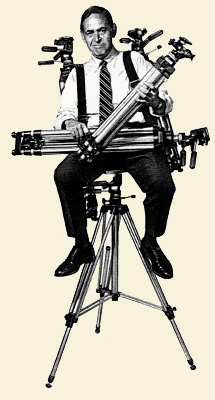 Mike replies: Manfrotto was founded by an Italian photojournalist named Lino Manfrotto, who marketed his first tripod in 1972. In 1989 the company was purchased by the Vitec Group, a British company based in Kingston upon Thames, near London. Manfrotto used to be known as "Bogen" in the United States because the products were distributed by Bogen Photo Corp., founded by Lester Bogen. Lester Bogen died in 1988 and Vitec Group bought out Bogen Photo in 1993 and changed the name of the tripods in the U.S. to Manfrotto, in accordance with what they were already called in the rest of the world.
Mike replies: Manfrotto was founded by an Italian photojournalist named Lino Manfrotto, who marketed his first tripod in 1972. In 1989 the company was purchased by the Vitec Group, a British company based in Kingston upon Thames, near London. Manfrotto used to be known as "Bogen" in the United States because the products were distributed by Bogen Photo Corp., founded by Lester Bogen. Lester Bogen died in 1988 and Vitec Group bought out Bogen Photo in 1993 and changed the name of the tripods in the U.S. to Manfrotto, in accordance with what they were already called in the rest of the world.
Lester Bogen was famous for an ad which showed him sitting on top of one tripod and holding several more (right).
Gitzo was founded as a photographic products company in 1917 in France by Arsène Gitzhoven. Many old view camera lenses had Gitzo shutters (the Gitzo website says that at its peak, the pre-War Gitzo company produced 750 shutters a day). The company closed during the occupation of France in WWII, and in the decades after the war was taken over by Yvonne Gitzhoven Plieger, Arsène's daughter, and her husband, who were responsible for the firm's concentration on the tripod business.
Vitec Group, which by then already owned Manfrotto, purchased Gitzo in 1992 and transitioned the manufacturing to Italy during the period 2001–5.
Vitec Group chooses to run Manfrotto and Gitzo as two separate entities so each manintains its own brand identity.
More than you wanted to know...?
Featured Comment by Gavin: "As well as being the home of Vitec, Kingston upon Thames's other photographic claim to fame is that it is the birth place of Eadweard Muybridge. His family ran a barge business on the banks of the river. He donated a large collection of his prints to the town museum on his death. They have just set up a special exhibition space for this collection. I hate using tripods."


